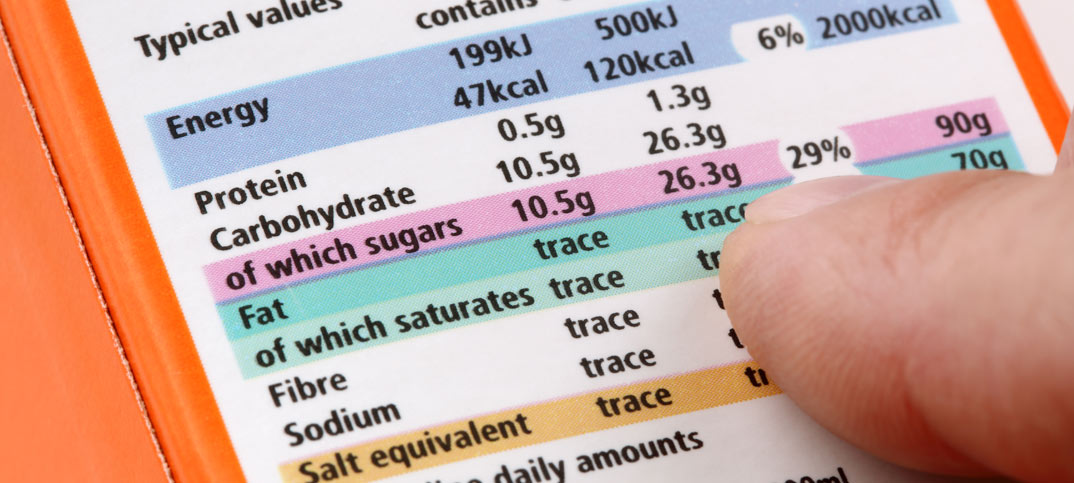 Effective ranging can mean many things. It could be providing a wide selection of products within different categories, ensuring that a number of brands are represented across all areas of the store, or paying attention to the way in which lines are positioned.
Effective ranging can mean many things. It could be providing a wide selection of products within different categories, ensuring that a number of brands are represented across all areas of the store, or paying attention to the way in which lines are positioned.
Catering their store offering to the needs of their customers has, so far, proved successful for Teskey and Barbara O’Neil, owners of Burwash Newsagents in East Sussex. The couple have sought to tailor their product ranges around local tastes, which is evident in the selection of regional newspapers and magazines. They have also diversified into “pound zone” lines and expanded their stationery.
With Teskey and Barbara now looking to better compete more effectively with rival shops, they talk to Drew Valentino, territory sales representative for Coca-Cola Enterprises, to discuss how they can build on their tactics to achieve the results they are after.
Top Tips
- When focusing on a category, such as soft drinks, group market leading brands with other products to act as focal points and encourage more sales of lesser-known lines.
- Multiface products where you can, but don’t compromise on space. Reduce the facings of slower sellers and use the spare room to add new lines or increase facings of top sellers.
- Make the most of point-of-sale material to draw shoppers’ attention to the areas that you thrive in. You want customers to be drawn to the strongest parts of your store, so flag up your special deals, new products and trial offers with banners, fixture strips and other PoS.
- Speaking to customers, manufacturers and wholesalers will give you an idea of the products they would like to see in your shop. This will help you streamline your ranges by allowing you to stock more best sellers and eradicate under-performing lines.
1 Make sure your range is built from a combination of approximately 80% best-selling products and 20% new lines
Teskey and Barbara boast a vast range of soft drinks, including 15 lines from CCE in one small chiller, although they haven’t noticed any real pattern in sales.
“These drinks lines all sell very well, especially during the warmer months and, being a small village shop, we benefit from the local school children and workmen relying on us for refreshment”, says Teskey.
Drew recommends that the range is widened to include products such as energy drinks, which are big sellers, and to mix the brands, using market-leading products to signpost the category.
He says: “Just because customers may not request a particular item, it doesn’t mean they aren’t looking for it.
“To make the most of the limited space in their chillers, Teskey and Barbara should maintain the wide range they have, but ensure they’re always trialling new products.”
2 Multiface best sellers in all your product categories
Planograms are a great way of ensuring that the right products are showcased in the best possible way, and Teskey sticks to these religiously, but admits that there could be opportunities for him to do more with displaying stock.
“Our greetings card sales are one of the most lucrative parts of our business so we dedicate a lot of space to providing as many different types as possible and displaying them creatively,” says Teskey.
“But with more traditional categories such as soft drinks and magazines, it’s trickier to know how to merchandise them”.
Drew believes that multifacing best-selling lines is important, as these provide Teskey with the greatest chance of turning a profit.
“As long as Teskey doesn’t compromise the space he already has to display his fantastic range, then multifacing is an effective way to give sales a boost,” he says.
3 Identify your shop’s best sellers by looking at your sales records, then use this to make sure you build the best range for your specific customer base
The best-selling products in Teskey’s store aren’t purely determined by EPoS data, but based more on instinct.
“We know what our bestsellers are and what our customers need because we have such good relationships with them,” says Teskey.
For example, he has identified the demand for cheap, convenience lines suited for children and parents, so has dedicated the top shelf of his main grocery fixture to what he calls “pound zone” products.
These are purchased from his wholesaler, Palmer & Harvey, and differ from month to month, depending on how well they sell.
Teskey also caters for the more affluent customers he sees walk through the doors by offering a wide range of Belgian chocolates by the counter.
Drew recommends using the counter area as much as possible to encourage impulse sales. “Trialling new products on the counter top, such as energy shots, is a great way to find out if something will be successful or not and will add to your ability to gauge what ranges will work if you don’t have the use of EPoS.”
For more store galleries go to See My Shop



Comments
This article doesn't have any comments yet, be the first!